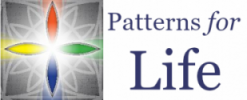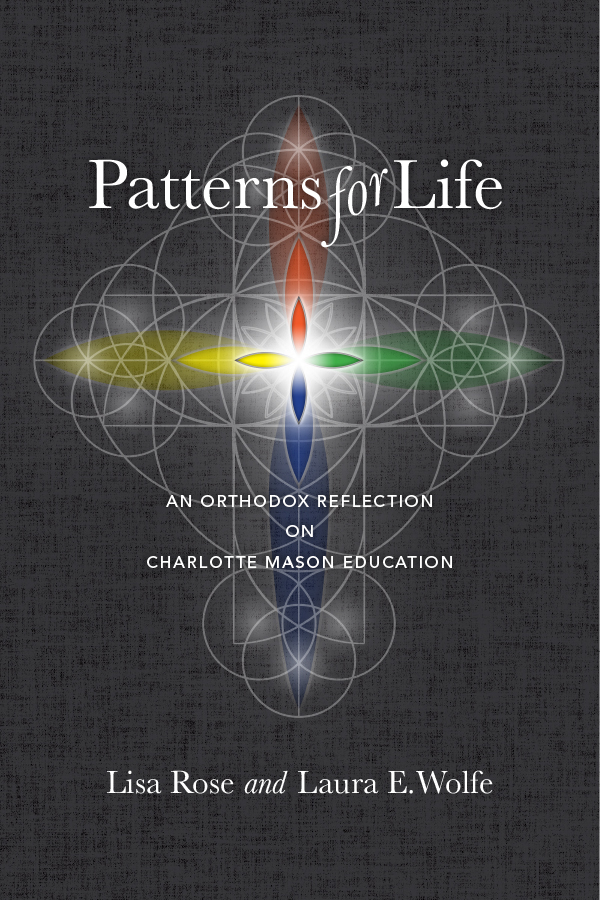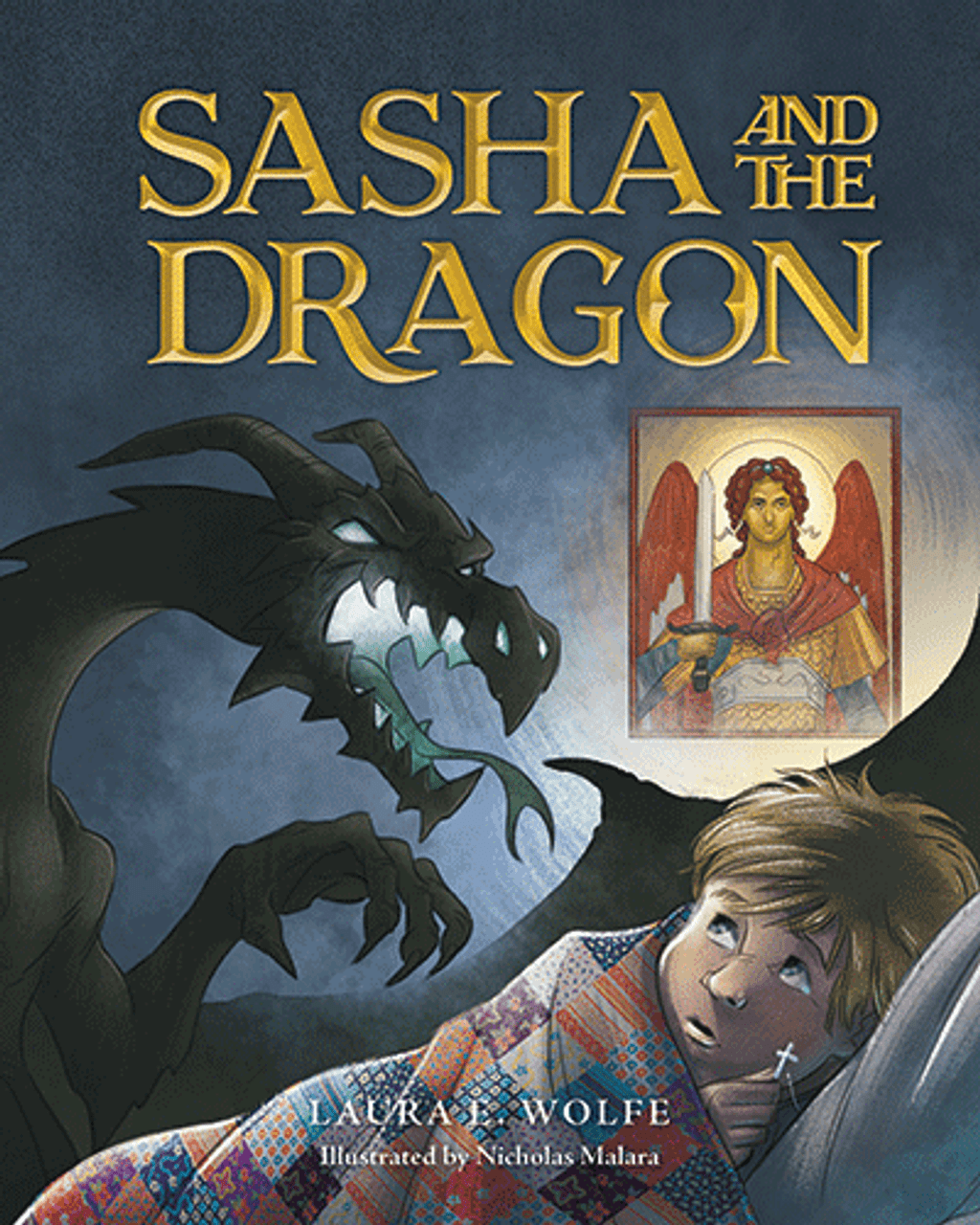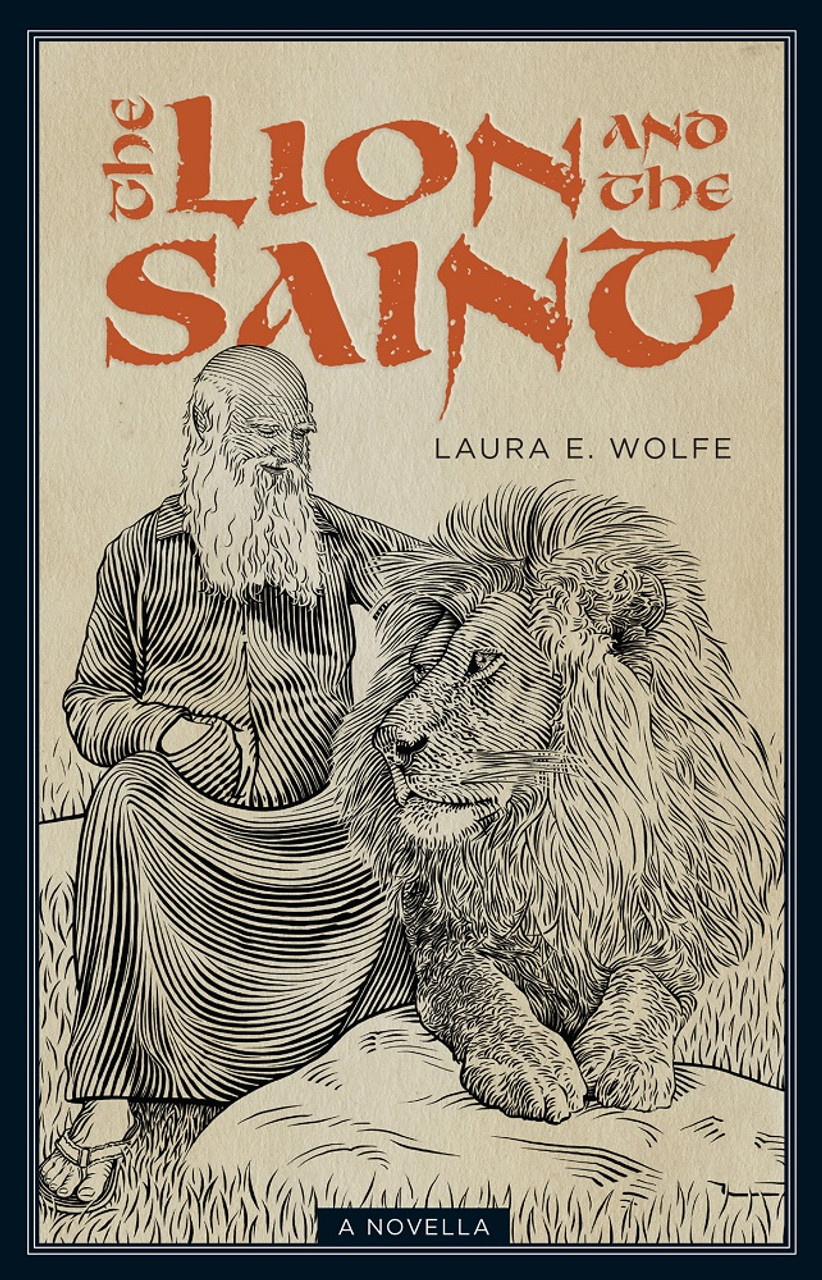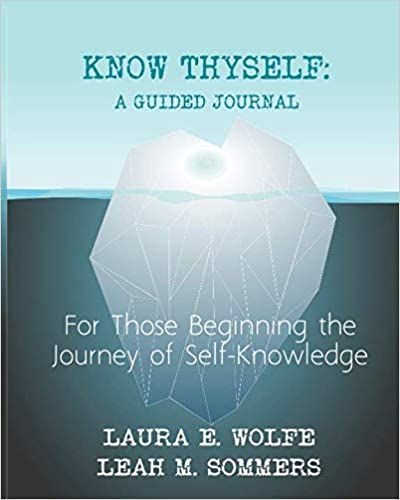Review
by Matushka Melissa Elizabeth Naasko, author of Fasting as a Family.
A review of Patterns for Life: An Orthodox Reflection on Charlotte Mason
by Lisa Rose and Laura E. Wolfe
Just over twenty years ago, I was blessed that a mother who graduated the last of her six homeschooled children passed onto me her complete set of Charlotte Mason books. A friend of mine had recently returned from studying at an Ambleside training at a Summer Institute program in Europe. I was keen to learn more, dove into the books, and asked questions about everything she had learned. I poured over them and read them repeatedly over the next decade or so. It cemented my feelings on education and shaped how my husband and I taught our children at home. Ten years ago, I passed the set on to another mother who was starting out, not because it was the end of my journey but because I already knew the lay of the land by this point. Ultimately, Charlotte Mason’s methodology has an organic nature, but that is not to say that it is instinctive.
A few months ago, I sat down with Anita Nov on the Saint Emmila Homeschool Podcast, a production of the Antiochian Archdiocese Department of Homeschooling, and I spent two hours discussing Charlotte Mason and the ways in which we have applied her pedagogy in our own home. This led to many questions for people who weren’t sure how to apply her praxis in their Orthodox Christian homes because her devout Anglican worldview so shaped her ideas. It is also true that people who work in STEM-related fields are often unsure about her Victorian framework, which might appear unscientific at first glance.
I can speak on podcasts and answer emails and direct messages, but sometimes people just need a reference guide, and this book fills that need. The book is divided into two parts, the first is an exegesis of Mason’s writing, and the second is practical advice on implementing it. It is written in an uncomplicated way, with an easy style that allows the organic and natural way of approaching children and their education to flow through. This second part is critical, it prevents the book from being just a super long book report but rather a useful and concise approach to undertaking educating children. Before this book was written, I used to advise parents to read Mason’s books in backward order because her methodology tightened given experience and practice, and I gave some important caveats and some suggestions about what is useful to skip, at least initially. Now, I can suggest just picking up this book and proceeding through the original texts later as desired.
I was given this manuscript just a couple of weeks ago. I was driving across the country to drop off kids at camp, and I had the chance to meet someone at a cookout hosted by a mutual friend. Lisa Rose was there with her husband and children and asked if I would review her new book. She and her friend, Laura Wolfe, had discussed CM, the popular abbreviation for the Charlotte Mason Method, so much that finally, Laura suggested writing a book. Lisa asked if I would be willing to read the manuscript, and I was more than happy. Lisa immediately emailed the PDF of Patterns for Life: An Orthodox Reflection on Charlotte Mason. I am not sure what the released date will be for the finished book, but it will be published soon by the press of Cyril Jenkins. If you have ever had the chance to talk to Cyril, you know that he is dynamic and brilliant, a strong supporter of robust orthodox education, and just an all-around wonderful person. This manuscript works beautifully with his approach to teaching.
If you are unfamiliar with Charlotte Mason, it is a good idea to look up the basic principles that form the foundation of her methodology. These are known as Charlotte Mason’s 20 Principles and are included in the appendices of their new book but also widely online. One of the most important elements to becoming immediately familiar with is her premise that children are born persons, which requires us to treat them with dignity and respect. While most of Mason’s process is immediately operative and works well with an Orthodox structure, Lisa and her co-writer, Laura, are very clear that it might need to be adapted or interpreted with the lens of our Faith. Honestly, this is one of the things that I appreciate best about this book. I think it is critical not to view Charlotte Mason as a prophet but as an educational leader and her methodology as suggesting a model, not a religion.
About a decade ago, I was actually removed from a social media group based on CM for failing to restrict myself to a list of approved texts by one of two boards. Neither of these boards created their suggestions based on my life experience, my particular set of children, nor my faith. There can be an uncomfortable cult like following to CM, a restrictive and unyielding version; Laura and Lisa instead take the principles and apply them to their circumstances without religiosity. They also avoid heavy-handed advice and instead encourage a principled approach that trusts parents to apply as is needed. This is not to say that they fail to give specific, useful advice.
The second half contains concrete suggestions and examples from their homeschooling experiences. They also unpack the concepts central to Charlotte Mason and demonstrate their functions. Words like “twaddle” of “feast” are only helpful if you understand the parallel between feeding the body and developing a refined palate and properly educating the mind and refining our intellectual tastes. They also delve into the goals of education and how and why they should not be metric based. This is incredibly difficult for parents, no matter how their children are educated. We want to prove their ability and even our own as parents and educators by holding up those metrics as proof. This is not useful, nor does it accomplish any end goal. When my children are adults and living and moving in the world, no one will ask for their fourth-grade spelling scores or their sophomore biology grades. I know this better now because I have one child who has graduated college, two in college, one in seminary, another starting seminary, and five still homeschooling. I am not nervous or overly sensitive as I was in the beginning. I know where this leads. I can promise that our goal should be to raise children who know how to think and how to evaluate and where to find answers once they have figured out what the proper questions are. At the risk of being slightly sexist, this section will be important to many fathers who often (in my personal experience) worry about these things and who desire metrics.
Lisa and Laura discuss more than just the pedagogical approach but creating a home environment suitable for learning. It is not based on decor or fashion but on comfort and removing distractions. They repeatedly return to this discussion and even turn it onto parents towards the close of the book when they encourage parents to monitor their own use of digital distractions. If we want children to have good habits, we must cultivate them in ourselves. This is covered often in Mason’s writings which encourage us to develop discipline by using the analogy of laying down rails for trains. Our habits take us in their direction, so a good foundation is necessary.
In terms of more practical advice, they discuss how to use properly ordered fiction and what should be free of fictional interpretations. They also discuss fully how narration, the idea of providing a spoken reading synopsis, should work. This is something that I get asked very often, so I know it will be useful. The concept shows up more than once in the book because it is important. I teach church school and offer non-food treats to my students if they can tell me what they remember from my husband’s homily. Most children are only prepared to answer leading questions that hint at the answer desired, and they don’t synthesize information well. I see how their education does not prepare them to listen and absorb or even to remember or be able to communicate. This is a critical skill to develop and will be useful for their whole lives. Even better, the authors have a section helping parents troubleshoot struggles with narration because they know how challenging it is. I spend much time on this with my children and the children in my church school program. I continue into their middle and high school years. I am glad that Lisa and Laura repeatedly raise the topic of narration in multiple contexts.
As an aside, not included in this section of their book, but one that I have found useful for older children, say middle school, who also need to practice writing skills, is to have them write a letter to a friend (real or imagined) and tell them what they’ve read. Try it this coming school year.
I think the only section of the book that did not resonate with me was the one on music. This is not because it is not well written or because I disagree because it is both well done and central, but because their experiences are culturally rooted. It is worth mentioning here that not all Orthodox musical traditions use an Ison in chant or have congregational singing. That being said, it is also useful to say here that the Charlotte Mason method of teaching folk songs has an important role to play for those who are not English or Anglican. In my home, we teach the Tropars of the Twelve Great Feasts, some of the other high feasts, and the children’s patron saints. Learning to sing familiar church Troparia benefits them in knowing the services better and trains them to learn more. We learn by doing, and every skill that we develop leads us to learn more.
Overall, I think this is an incredibly useful book for homeschooling families. It is an excellent place to start the journey but will also benefit those with a couple of years under their belts. Children have a habit of growing and changing, so every year is different because the child being educated is different. Preparing for these changes by evaluating our pedagogy helps us to become better teachers. Fortunately, you don’t have to move to Europe for the summer to gain this knowledge. You can sit in the sun in your own backyard with tea and some quiet time. You don’t have to read six volumes with the familiar red and white gingham covers and Victorian language, you can read just one book written by contemporary mothers living and writing in a familiar tone. This book will be a solid investment in the education of countless children, and I am glad that I had the opportunity to read it.
Patterns for Life: An Orthodox Reflection on Charlotte Mason Education
Authors Lisa Rose and Laura E. Wolfe
Published by Basilian Media and Publishing
Excerpt 1
The first time we look into our child’s eyes and encounter the immortality that pools in their depths, we suddenly become aware of the immense responsibility we carry as parents. There are so many ways to serve the Lord in a lifetime, so many different paths to take, so much good to do; but the order of things suddenly crystallizes into a new pattern the moment we become parents.
Excerpt 2
Somewhere in the wild exists a beautiful creature: a shining, living beast of loveliness that frolics and delights in the joy of creation. Even the Psalms sing its praises. We are speaking, of course, of the unicorn.
As much as we love the idea of the unicorn, we have never seen one with our physical eyes, and we are betting you have not either.
